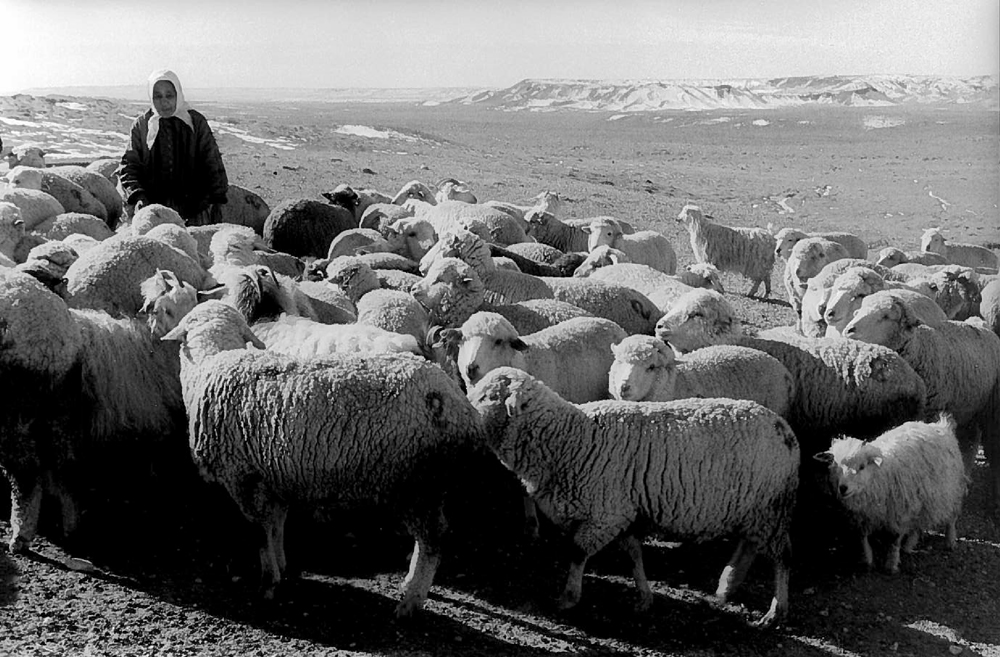SYNOPSIS
PRESS
"Bowman herself emerges as a sympathetic character from an absurdist comedy as both her ancestry and film goals elude her."
"Unsparingly honest."
SCREENING HIGHLIGHTS AND AWARDS
- Margaret Mead Film Festival
- National Educational Film and Video Festival
- UCLA Native American Film and Video Festival
- New Museum of Contemporary Art
- Turin Int'l Film Festival
ABOUT FILMMAKER(S)
Arlene Bowman is a Dine (Navajo) filmmaker and producer from Phoenix, Arizona. She completed her master's degree in film at the University of California at Los Angeles. Her most recent project is a mini digital video titled THE GRAFFITI, a 30-minute color experimental drama.
Arlene Bowman’s filmography is mainly composed of documentaries such as the award-winning NAVAJO TALKING PICTURE(1986) about herself and her shima sani Ann Ruth Biah; and SONG JOURNEY (1994), a documentary about Pow Wow women singers who sing songs in a traditional and not so traditional style. However, WOMEN AND MEN ARE GOOD DANCERS (1994), a Pow Wow dance-music video, as well as several video poems (1998 & 2000) represent the break from making documentaries. Although Arlene has produced mostly documentary films, she does not consider herself to be a conventional documentary filmmaker. Since the mid-80s, Arlene aspired to make a drama and THE GRAFFITI represents this first effort.
In the last five years, she has begun to perform songs at the open mic, both solo and with her partner. However, this new performance work did not develop overnight, it started during 1977 in Los Angeles with two guitarists, Terry Sullivan and Chuck Bauser from Seattle, who played rock and roll and delta blues music. Also within the last five years, she has begun to write and sing her own songs. Her first completed song called "Southern Dreamin" was included in THE GRAFFITI soundtrack.
Presently, Arlene considers herself to be a filmmaker/still photographer who performs, sings songs and recites poetry she has written. The photographs she shoots appear in her blog. In the future, she aspires to create a conference for Indigenous women filmmakers and a nonprofit organization for Indigenous and low-come filmmakers in the United States. (8/14)

